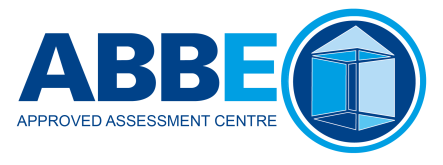
Why Fire Risk Assessments really matter?
3rd July 2024
In our latest blog we take a closer look at Fire Risk Assessments, why they are the fundamental basis of all building fire safety, and how they need to be continually reviewed and updated.
It is very easy to take our working environments for granted, but with the modern workplace full of technology and potential hazards, a fire risk assessment is an essential foundation for ensuring fire safety and complying with legislation.
It is not just technology that presents a risk, there is a whole range of other potential hazards such as combustible materials, lithium batteries, faulty wiring, kitchen, and cooking appliances, and the behaviours of people, who can cause the risk of fire.
Whether the workplace is an office, shop, school, factory, warehouse, hotel, residential care home or hospitality venue, each can present several potential fire risks.
Fire risk assessments are a legal requirement under UK legislation and individuals who are responsible for a workplace, must ensure that a competent person completes a fire risk assessment of their property.
UK legislation stipulates that all businesses must document their fire risk assessment, fire emergency plan and fire logbooks, stored within the workplace, and should be available for inspection of the Fire Authority.
Fire risk assessments - Starting with the fundamental basics
All fire safety training is based on knowing the core facts about your property by identifying:
- areas that could potentially cause a fire
- which staff and/or members of the public could be at risk
- recommendations in how the property can be made safer to mitigate against a fire.
How to create an effective fire assessment
As our Fire Risk Assessor course reveals, effective fire risk assessments are about leaving no stone unturned. Having carried out a full assessment of the fire risks posed by your property or properties, you need to create processes and procedures that help control or minimise the risk. You also need to consider how different times of the year (hot weather, or heating being used in cold weather) can create seasonal risks in addition to standard all-year round hazards.
These findings then form the basis of a detailed fire emergency plan. But this is not just a document that sits in a drawer - it is something that has to be owned by actively invested and trained staff to ensure that all your team is prepared. Preparation prevents panic.
Here is some of the common elements that go into a fire emergency plan:
- Fire protection systems within the premises
- The fire management hierarchy
- Emergency contact numbers and required details
- Emergency exists and means of escape routes
- Planned maintenance and fire safety systems checks
- Dangerous substances, sources of ignition, fuel, and oxygen used or stored on or around the premises
- Training requirements for staff, visitors and contractors
- The consideration of vulnerable people such as young children or those with disabilities.
Fire Risk Assessments need to be continually updated and reviewed
Buildings, people, fire safety regulations and companies are always in a state of change. So, Fire Risk Assessments and Fire Risk Assessor training are not things that happen just once and then forgotten about. They need to be reviewed regularly to ensure that:
- You remain fully compliant with the latest legislation
- You have taken into account modifications or extensions to your building - or even acquired new ones
- If you have acquired a company, their staff are aware of their fire safety responsibilities
- Fire safety trained people who have left your company or organisation have been replaced with other people who have the same level of training and knowledge.
To make sure your business is fully compliant with latest fire safety regulations, check out our upcoming Fire Risk Assessor courses where we have options for workplace-based, venue-based or online options.
Our ABBE Level 3 Certificate in Fire Risk Assessments is also now available.


